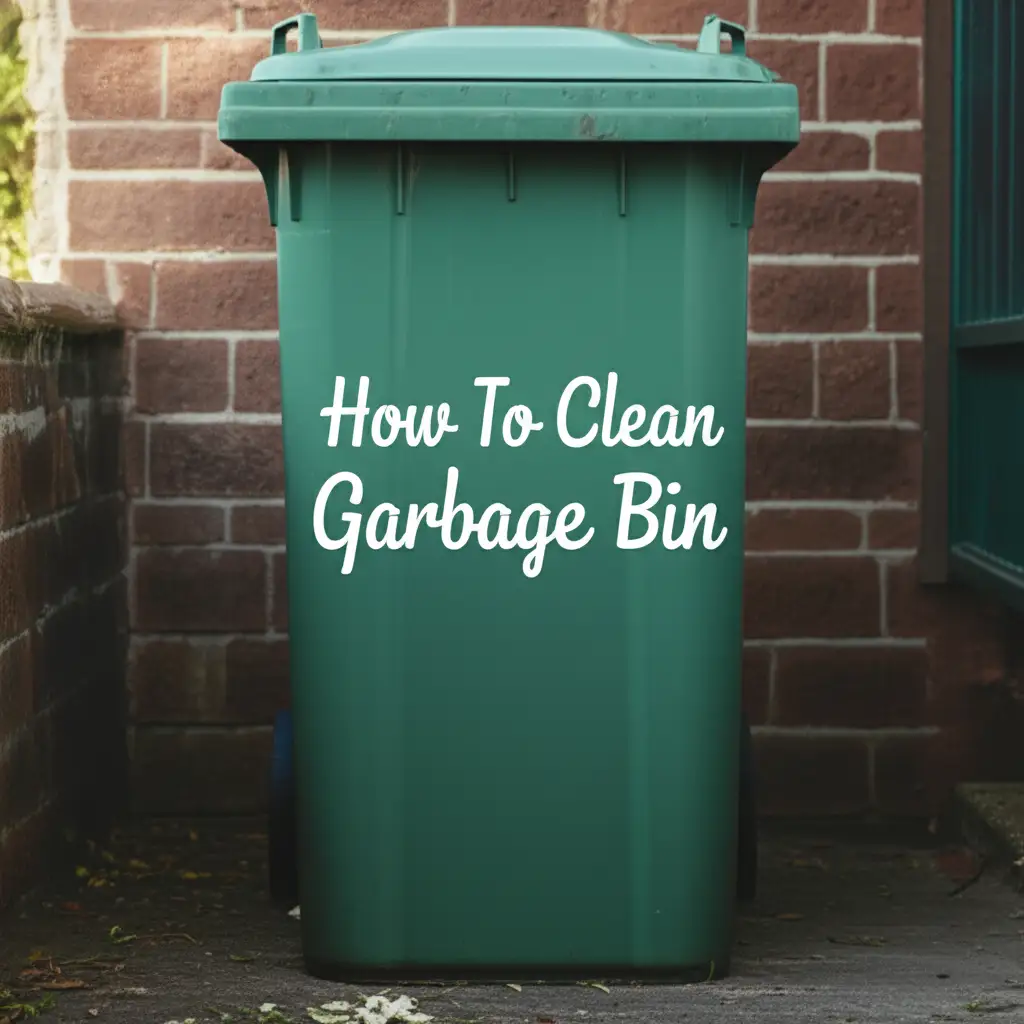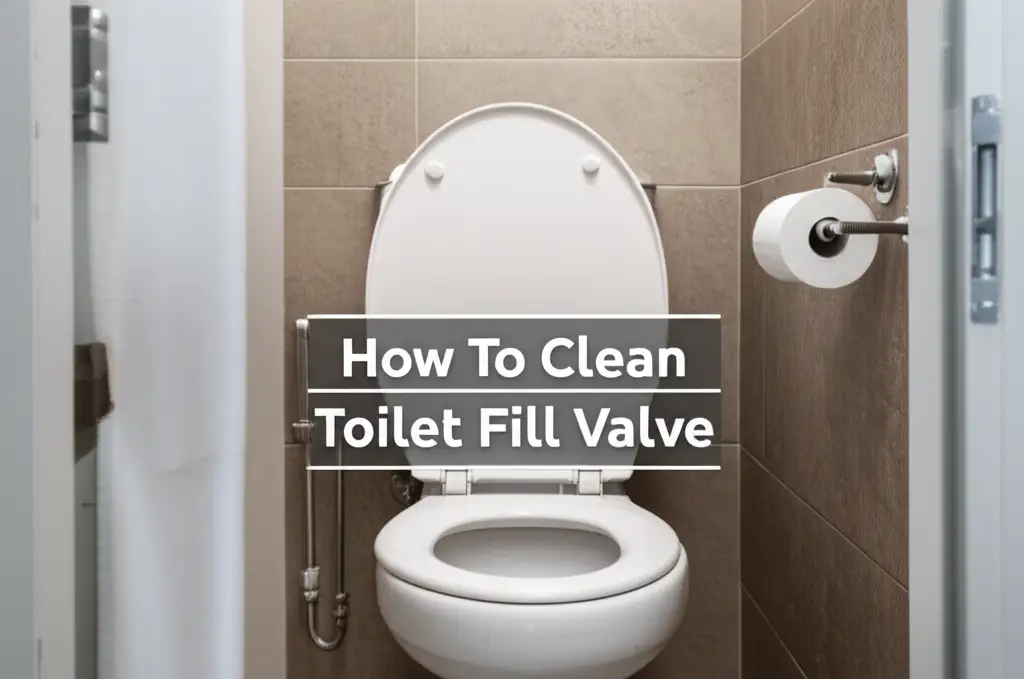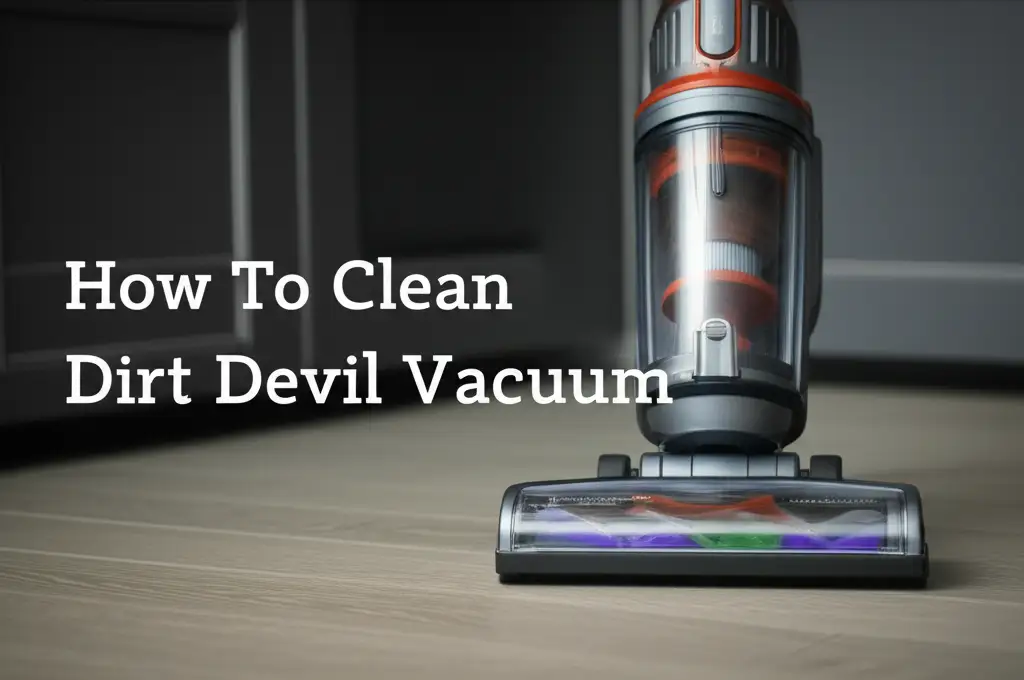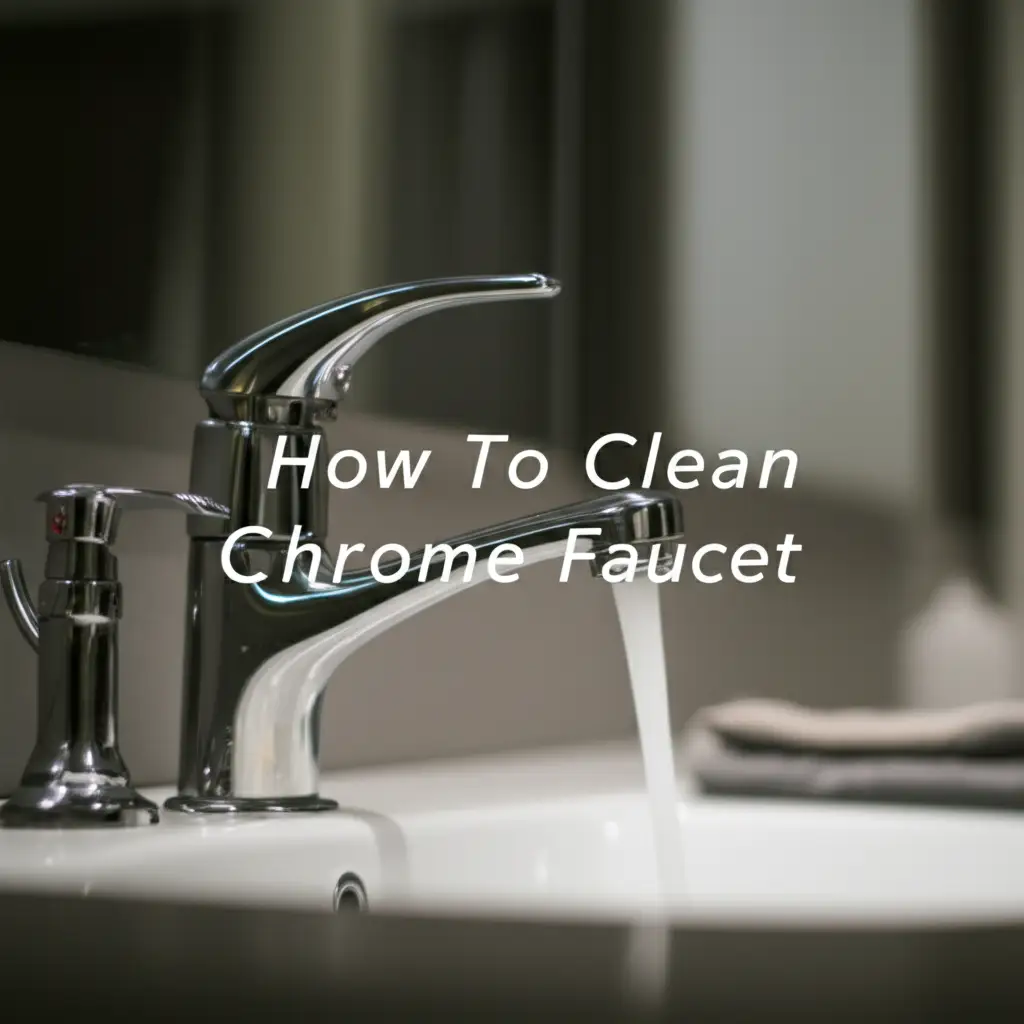· Home Cleaning & Maintenance · 14 min read
How To Clean Garbage Bin

Mastering a Clean Garbage Bin: Your Ultimate Guide
Imagine walking into your kitchen. You expect the smell of fresh food, not yesterday’s trash. A smelly garbage bin can ruin that pleasant atmosphere. It can also invite unwanted pests and germs into your home. This article shows you how to clean your garbage bin effectively. We will cover indoor and outdoor bins. You will learn about the best tools, cleaning solutions, and how often to clean. We will also share tips for preventing future odors and maintaining a truly clean home.
Takeaway:
- Regularly clean your garbage bin to prevent odors and germs.
- Use a scrub brush, warm water, and appropriate cleaning solutions.
- Disinfect the bin after cleaning for better hygiene.
- Air dry your bin completely to stop mold and mildew.
- Prevent future smells with simple daily habits.
To clean a garbage bin, first empty all trash. Then, rinse the bin with water. Scrub the inside using a brush with hot, soapy water. Disinfect the bin with a bleach solution or white vinegar. Rinse it well. Finally, let the bin air dry completely in sunlight to stop odors and germ growth.
Why a Clean Garbage Bin Matters for Your Home
A garbage bin is a collection point for waste. This waste often contains food scraps and other organic materials. These materials break down over time. This breakdown process creates unpleasant odors. It also becomes a breeding ground for bacteria and mold. A dirty bin impacts the air quality in your home. It can also attract insects and rodents.
Cleaning your garbage bin helps stop these problems. It removes the source of bad smells. It eliminates harmful bacteria and prevents mold growth. This keeps your home environment healthier. A clean bin contributes to overall home hygiene. It also makes your living space more enjoyable. We want our homes to smell fresh and feel clean, and a clean garbage bin is a vital part of this goal.
Ignoring bin cleanliness leads to bigger issues. Odors become stronger. Pests may become more frequent visitors. Germs can spread. This affects your family’s health. Regular cleaning makes a difference. It protects your home from these unwanted guests. It ensures a safer and more pleasant environment for everyone inside.
Gathering Your Cleaning Arsenal: Essential Tools and Solutions
Before you start cleaning your garbage bin, gather your supplies. Having everything ready makes the job easier. You will need certain tools for effective scrubbing. You also need strong cleaning agents to tackle grime and kill germs. Preparing properly ensures a deep clean. It also helps you work more efficiently.
Here is what you will need:
- Gloves: Protect your hands from dirt and cleaning chemicals.
- Hose or Large Bucket: You will need water for rinsing. A hose is best for outdoor bins. A large bucket works well for indoor ones.
- Stiff-Bristled Brush: This tool helps you scrub away tough grime and stuck-on residue.
- Dish Soap: Basic dish soap cuts through grease and helps loosen dirt.
- Bleach (Optional): A powerful disinfectant for sanitizing. Use it carefully.
- White Vinegar: A natural disinfectant and odor neutralizer. It is a good alternative to bleach.
- Baking Soda: Great for absorbing odors. You can use it as a pre-treatment or deodorizer.
- Old Towels or Rags: For wiping surfaces dry.
- Trash Bags: To line the bin after cleaning.
Choosing the right cleaner depends on your preference. Bleach offers strong disinfection. Vinegar provides a natural, eco-friendly option. Both work well for sanitizing. Consider using eco-friendly products for less environmental impact.
Step-by-Step Guide to Cleaning Your Indoor Garbage Bin
Cleaning an indoor garbage bin needs care. These bins are often smaller. They are also closer to living areas. Follow these steps for a clean and fresh bin. This method works for kitchen bins or bathroom bins. You will eliminate odors and keep germs away.
Here is how to clean your indoor garbage bin:
- Empty the Bin Completely: Take out the trash bag. Remove any loose items or crumbs. Shake the bin upside down over an outdoor trash can if needed.
- Rinse with Warm Water: Carry the bin to a sink or bathtub. You can also use an outdoor area. Pour warm water inside. Swish it around to loosen any stuck-on debris. Pour out the dirty water.
- Apply Cleaning Solution: Squirt a generous amount of dish soap inside. You can also add a cup of white vinegar for extra cleaning power. Fill the bin halfway with warm water.
- Scrub Thoroughly: Use your stiff-bristled brush. Scrub all inside surfaces. Pay close attention to the bottom and corners. These areas collect the most grime. Scrub the outside surfaces and lid too.
- Disinfect (Optional but Recommended): For deeper sanitation, spray the inside with a solution of one part bleach to ten parts water. Let it sit for a few minutes. Alternatively, use undiluted white vinegar as a natural disinfectant. You can also learn how to clean mold with vinegar if you find any persistent growth. This strong, natural cleaner tackles many common household problems.
- Rinse Until Clean: Rinse the bin thoroughly with warm water. Make sure all soap and cleaning solution are gone. Any residue can attract dirt.
- Dry Completely: Turn the bin upside down. Let it air dry completely. Sunlight helps kill remaining bacteria and remove odors. You can wipe it with an old towel to speed up the process. Do not put a new trash bag in a wet bin. This can cause mildew.
- Deodorize: Sprinkle some baking soda at the bottom before placing a new bag. This helps absorb future odors. You can also place a few drops of essential oil on a cotton ball and put it under the bag.
Regular cleaning keeps your indoor bin fresh. Aim for a deep clean every two to four weeks. This schedule helps manage smells and maintain hygiene.
Tackling Outdoor Garbage Bins: A Robust Approach
Outdoor garbage bins face tougher challenges. They hold more waste. They are exposed to weather and pests. Cleaning them requires a more robust approach. Think about your large trash cans that sit outside. They need strong cleaning power. This keeps your yard tidy and pest-free. Cleaning your outdoor garbage can helps prevent lingering smells that attract animals. Learn more about cleaning outside garbage cans for a thorough approach.
Here is a plan for cleaning outdoor garbage bins:
- Empty and Tilt: Make sure the bin is completely empty. Tilt it on its side or upside down. This lets any lingering debris fall out. Use gloves for this step.
- Hose Down: Use a garden hose with good pressure. Spray the inside of the bin. Remove any loose dirt, leaves, or food particles. Rinse the lid and outside too.
- Prepare Cleaning Solution: In a large bucket, mix hot water with heavy-duty dish soap. You can also add a cup of bleach for extra sanitizing power. For a natural option, use a strong solution of white vinegar and hot water.
- Scrub Vigorously: Dip your stiff-bristled brush into the solution. Scrub all interior surfaces with force. Pay extra attention to the bottom and any areas with dried-on grime. These spots often hold the most odor and bacteria. Scrub the outside, including the wheels and handles.
- Let it Sit: Let the cleaning solution sit inside the bin for 10-15 minutes. This allows it to break down tough stains and disinfect. This step is important for killing hidden germs.
- Rinse Thoroughly: Rinse the bin with the garden hose again. Make sure all soap and dirt are washed away. Rinse until the water runs clear.
- Dry in Sunlight: Tip the bin upside down or lay it on its side in direct sunlight. Sunlight acts as a natural disinfectant. It also helps evaporate moisture quickly. Ensure it is completely dry before returning it to its spot. This stops mold and mildew from growing.
- Deodorize and Protect: After drying, sprinkle a generous amount of baking soda inside the bin. This helps absorb lingering odors. You can also place an odor absorber sachet inside once a new bag is in place.
Remember to wear protective gear. Outdoor bins can be very dirty. Regular cleaning makes a big difference. Aim to clean your outdoor bin monthly or whenever it looks or smells bad.
Natural and Eco-Friendly Cleaning Solutions for Your Bin
Many people prefer to use natural cleaning products. They are safer for the environment. They are also gentle on your skin. These solutions work well for cleaning garbage bins. They tackle odors and grime effectively. You can use common household items to make powerful cleaners.
Here are some natural cleaning solutions:
- White Vinegar: This is a miracle worker for cleaning. It breaks down grease. It kills many types of bacteria and mold. It also neutralizes odors. Mix equal parts white vinegar and water for a general cleaner. For strong odors or disinfection, use undiluted vinegar. You can use vinegar to clean many things around the house. For instance, cleaning your shower with vinegar is a popular method. It shows how versatile this common household item is for tackling grime and odors effectively.
- Baking Soda: Baking soda is an excellent deodorizer. It absorbs bad smells instead of just covering them up. Make a paste with baking soda and a little water for tough stains. You can sprinkle dry baking soda in the bottom of the bin. This helps with odor control between cleanings.
- Lemon Juice: Lemon juice has natural antibacterial properties. It also leaves a fresh, citrus scent. Mix it with water for a refreshing spray. You can even rub lemon rinds directly on bin surfaces for a quick refresh. This is similar to how lemon is used to clean a smelly garbage disposal, proving its power against tough odors in waste areas.
- Borax: Borax is a natural mineral. It cleans, deodorizes, and inhibits mold. Mix 1/2 cup of borax with 1 gallon of hot water. Use this solution to scrub your bin. Rinse it well afterwards.
- Essential Oils: Add a few drops of essential oils like tea tree, lemon, or eucalyptus to your cleaning solution. Tea tree oil has antimicrobial properties. Lemon and eucalyptus offer pleasant, fresh scents. Place a few drops on a cotton ball inside the bin for continuous freshness.
Using these natural options reduces your exposure to harsh chemicals. It also helps protect the environment. They are effective and safe for regular use. Give them a try for a truly green clean.
Odor Control and Prevention Tips
Cleaning your garbage bin is a big step. However, odors can quickly return. Preventing bad smells needs ongoing effort. Simple daily habits make a huge difference. They keep your bin fresh between deep cleanings. This also makes your home smell better overall.
Here are practical tips for odor control:
- Tie Bags Tightly: Always tie your trash bags securely before putting them in the bin. This traps odors inside the bag. It also prevents spills.
- Empty Frequently: Do not let trash sit for too long. Empty your garbage bin regularly. This is especially true for kitchen bins with food waste. Daily emptying is best for food waste.
- Separate Food Waste: Consider a separate system for food scraps. A small compost bin can hold food waste. You can empty it daily. This prevents smells in your main garbage bin. This is why learning how to clean a compost bin is also important.
- Use Baking Soda: Sprinkle a layer of baking soda at the bottom of your bin. Do this before putting in a new bag. Baking soda absorbs odors. Refresh it when you change the bag.
- Lining the Bin: Use strong, good quality garbage bags. Double-bag if you have particularly smelly or wet items. You can also line the bottom of the bin with newspaper. This absorbs any leaks and odors.
- Keep the Lid Closed: A tight-fitting lid contains odors. It also keeps pests out. Make sure your bin lid closes properly.
- Ventilation: If possible, place your outdoor bin in a well-ventilated area. This helps disperse any lingering smells. For indoor bins, ensure good air circulation in the room.
- Charcoal Briquettes: Place a few pieces of charcoal briquettes at the bottom of your bin. Charcoal is excellent at absorbing odors naturally. Replace them every few weeks.
- Essential Oil Infused Cotton Balls: Drop a few drops of a strong essential oil like tea tree, lemon, or orange onto a cotton ball. Place it under the bin liner. This provides a pleasant scent.
Implementing these tips extends the freshness of your bin. It makes deep cleaning less frequent. You will enjoy a consistently fresh-smelling home.
Maintaining Bin Hygiene: Frequency and Best Practices
Regular maintenance is key to a clean garbage bin. It prevents odors from building up. It also reduces the need for intense deep cleaning sessions. How often you clean depends on the bin type and its use. Consistency is more important than harsh cleaning. Think of it as preventative care for your waste system.
Here are best practices for maintaining bin hygiene:
- Indoor Bins: Clean kitchen and bathroom bins weekly. If you dispose of a lot of food waste, clean them more often. A quick wipe-down with a disinfectant spray helps between full washes.
- Outdoor Bins: Aim to clean outdoor bins monthly. If you have extreme heat or dispose of very wet waste, clean them every two weeks. These bins are exposed to more elements and attract more pests.
- Rinse After Use: If you throw away something particularly messy or smelly, give the bin a quick rinse. Use a little dish soap. This prevents residue from drying and becoming hard to remove.
- Check for Leaks: Before putting a new bag in, quickly check the bin for any leaks or spills. Address them immediately. Dry them thoroughly.
- Protect from Pests: For outdoor bins, ensure the lid is always secure. This prevents animals from getting in. You may need to secure the bin itself if local wildlife is a problem.
- Proper Bagging: Always use bags that fit your bin size. Avoid overfilling bags. This prevents tears and spills inside the bin.
- Sunlight Exposure: Whenever possible, let your bins air dry in direct sunlight after cleaning. Sunlight is a natural sanitizer. It helps eliminate moisture and lingering bacteria.
- Replace Worn Bins: Bins can wear out over time. Cracks or deep scratches can harbor germs and odors. Consider replacing bins that show significant wear and tear.
By following these best practices, you ensure your garbage bin remains a clean and hygienic part of your home. This prevents it from becoming a source of frustration or health concerns. A clean bin contributes to a happier, healthier living space.
FAQ Section
How often should I clean my indoor garbage bin?
You should clean your indoor garbage bin, especially kitchen bins, at least once a week. If you dispose of a lot of food waste or notice lingering odors, clean it more frequently. Bathroom bins can be cleaned every two to four weeks. Regular light cleaning prevents significant build-up.
What is the best natural disinfectant for a garbage bin?
White vinegar is an excellent natural disinfectant for garbage bins. It effectively kills bacteria and mold while neutralizing odors. You can use it undiluted for strong disinfection. Mix it with water for a general cleaning solution. Baking soda also helps absorb odors naturally.
Can I use a pressure washer to clean my outdoor garbage bin?
Yes, a pressure washer is very effective for cleaning outdoor garbage bins. It quickly removes tough grime and dried-on residue. Use a medium setting to avoid damaging the bin. Always wear appropriate safety gear when using a pressure washer. This speeds up the cleaning process significantly.
How do I get rid of maggots in my garbage bin?
To get rid of maggots, first empty the bin. Then, pour boiling water into the bin. This kills the maggots. After rinsing, clean the bin thoroughly with a bleach solution or strong vinegar solution. Ensure the bin stays dry and sealed to prevent future infestations.
Why does my garbage bin still smell after cleaning?
Your garbage bin might still smell if it did not dry completely. Moisture encourages mildew and bacteria. Residue might also remain in crevices or under the rim. Ensure a thorough scrub and full air drying. Sprinkling baking soda or using charcoal helps absorb lingering odors.
What can I do to prevent future odors in my garbage bin?
To prevent future odors, always tie trash bags tightly. Empty the bin frequently, especially food waste. Sprinkle baking soda at the bottom before placing a new bag. Keep the lid tightly closed. Consider using compost bins for food scraps to reduce odor sources.
Conclusion
Cleaning your garbage bin might not be glamorous, but it is essential. A clean bin keeps your home fresh and healthy. It prevents bad odors, pests, and germ build-up. We covered everything from gathering your tools to choosing the right cleaning solutions. You now know how to clean your indoor and outdoor bins effectively. We also shared tips for natural cleaning, odor prevention, and maintaining bin hygiene.
Making bin cleaning a regular part of your routine will make a big difference. It is a simple step that greatly improves your living environment. A little effort goes a long way. So, roll up your sleeves and make your garbage bin sparkle. A fresh-smelling home starts with a clean bin. Take action today to maintain a cleaner, healthier space for you and your family.
- garbage bin
- cleaning tips
- home hygiene
- odor control




